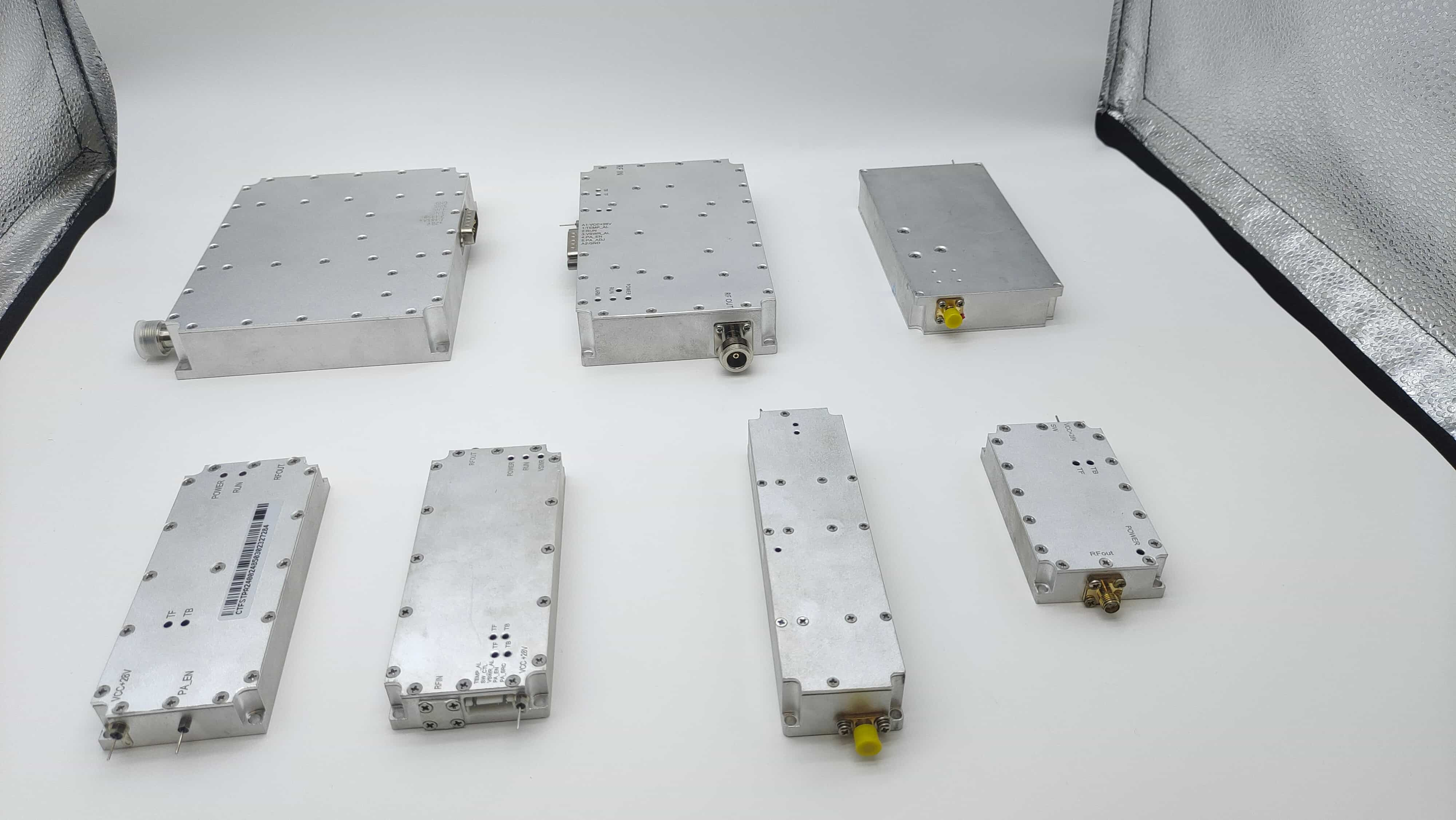Understanding RF Power Amplifier Protection Through VSWR Tolerance
Radio frequency (RF) power amplifiers are critical components in wireless communication systems, but they face constant threats from reflected power that can cause severe damage. The Voltage Standing Wave Ratio (VSWR) tolerance serves as a crucial protective mechanism, determining how well an amplifier can withstand power reflections from mismatched loads. For optimal protection, most modern RF power amplifiers are designed with VSWR tolerances between 2:1 and 3:1, though some high-end models can handle ratios up to 6:1.
When RF energy encounters impedance mismatches in the transmission line or antenna system, it creates standing waves that can reflect power back to the amplifier. This reflected power can generate excessive voltage and current conditions that may destroy expensive RF components. Understanding the right VSWR tolerance levels becomes essential for protecting your investment and ensuring reliable operation of your RF system.
Core Principles of VSWR Protection
Mechanism of VSWR Protection
VSWR protection works by monitoring the relationship between forward and reflected power in the RF system. When the reflected power exceeds acceptable limits, protection circuits activate to prevent damage to the amplifier. These circuits can employ various methods, including power reduction, shutdown mechanisms, or adaptive impedance matching.
Modern RF power amplifiers incorporate sophisticated VSWR protection systems that can respond in microseconds to dangerous reflection conditions. These systems continuously measure the forward and reflected power, calculating the VSWR in real-time to ensure the amplifier operates within safe parameters.
Critical VSWR Thresholds
The standard VSWR tolerance of 2:1 represents a reflection coefficient of approximately 33%, meaning up to one-third of the forward power can be safely reflected without damaging the amplifier. Higher VSWR tolerances of 3:1 or greater provide additional protection but may come at the cost of reduced efficiency or increased complexity in the protection circuitry.
Different applications require different VSWR tolerance levels. Broadcasting equipment often demands higher tolerances due to varying environmental conditions, while laboratory equipment may operate safely with lower tolerances in controlled conditions.

Implementation of VSWR Protection Systems
Hardware Protection Mechanisms
RF power amplifiers employ various hardware-based protection mechanisms to handle high VSWR conditions. These include current limiting circuits, temperature sensors, and power control loops. Advanced systems may incorporate fast-acting PIN diodes or circulators to redirect reflected power away from sensitive components.
The physical implementation of VSWR protection often involves multiple layers of safety measures. Primary protection might include basic current limiting, while secondary systems provide more sophisticated responses to dangerous conditions. This redundancy ensures reliable protection even if one system fails.
Software Control Systems
Modern RF amplifiers increasingly rely on microprocessor-controlled protection systems. These systems can implement complex algorithms to predict and prevent VSWR-related problems before they become critical. Software control allows for dynamic adjustment of operating parameters based on real-time monitoring of system conditions.
Digital control systems can log VSWR events, helping operators identify patterns or recurring problems in their RF systems. This data-driven approach enables preventive maintenance and system optimization to reduce the likelihood of dangerous VSWR conditions.
Optimizing VSWR Protection
System Design Considerations
Effective VSWR protection begins with proper system design. This includes careful selection of transmission lines, connectors, and antenna systems to minimize impedance mismatches. Engineers must consider the entire RF chain when determining the required VSWR tolerance for their application.
The physical layout of RF components plays a crucial role in maintaining proper VSWR levels. Proper grounding, shielding, and component placement can significantly reduce the risk of dangerous reflections. Regular system maintenance and inspection help ensure these protective measures remain effective over time.
Environmental Factors
Environmental conditions can significantly impact VSWR levels and the effectiveness of protection systems. Temperature variations, humidity, and physical stress on components can all contribute to changes in impedance matching. Protection systems must be designed to account for these variables while maintaining reliable operation.
Weather-related factors are particularly important for outdoor RF installations. Ice formation, water accumulation, and wind-induced movement can all affect VSWR levels. Proper protection systems must provide adequate tolerance for these conditions while maintaining system performance.
Frequently Asked Questions
What happens if VSWR exceeds the amplifier's tolerance?
When VSWR exceeds the amplifier's tolerance, protection circuits typically engage to prevent damage. This may involve reducing output power, shutting down the amplifier, or activating other protective measures. Prolonged operation beyond VSWR tolerance can result in component failure or permanent damage to the amplifier.
How often should VSWR protection systems be tested?
VSWR protection systems should be tested at least quarterly, with more frequent testing recommended for critical applications. Regular testing ensures protection mechanisms are functioning correctly and can respond appropriately to dangerous conditions. Documentation of test results helps track system performance over time.
Can VSWR tolerance be improved after installation?
While the basic VSWR tolerance of an amplifier is determined by its design, system-level improvements can enhance overall protection. This may include adding external protection devices, improving impedance matching, or upgrading control systems. However, any modifications should be carefully evaluated to ensure they don't compromise other aspects of system performance.

 EN
EN






